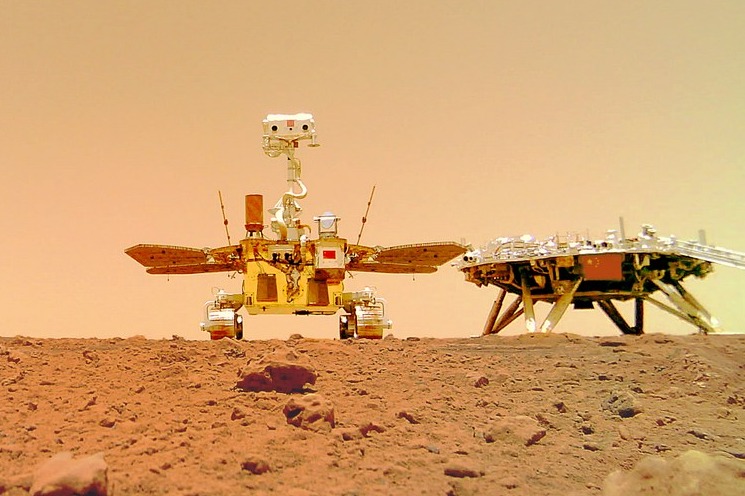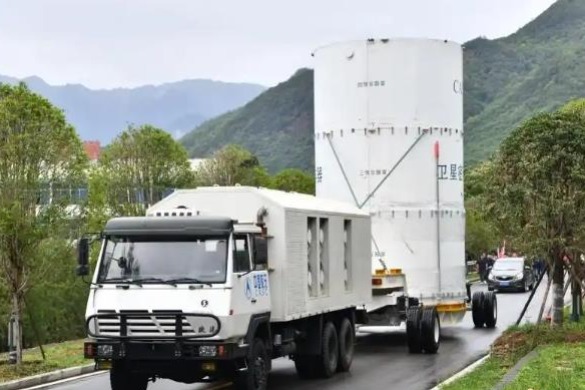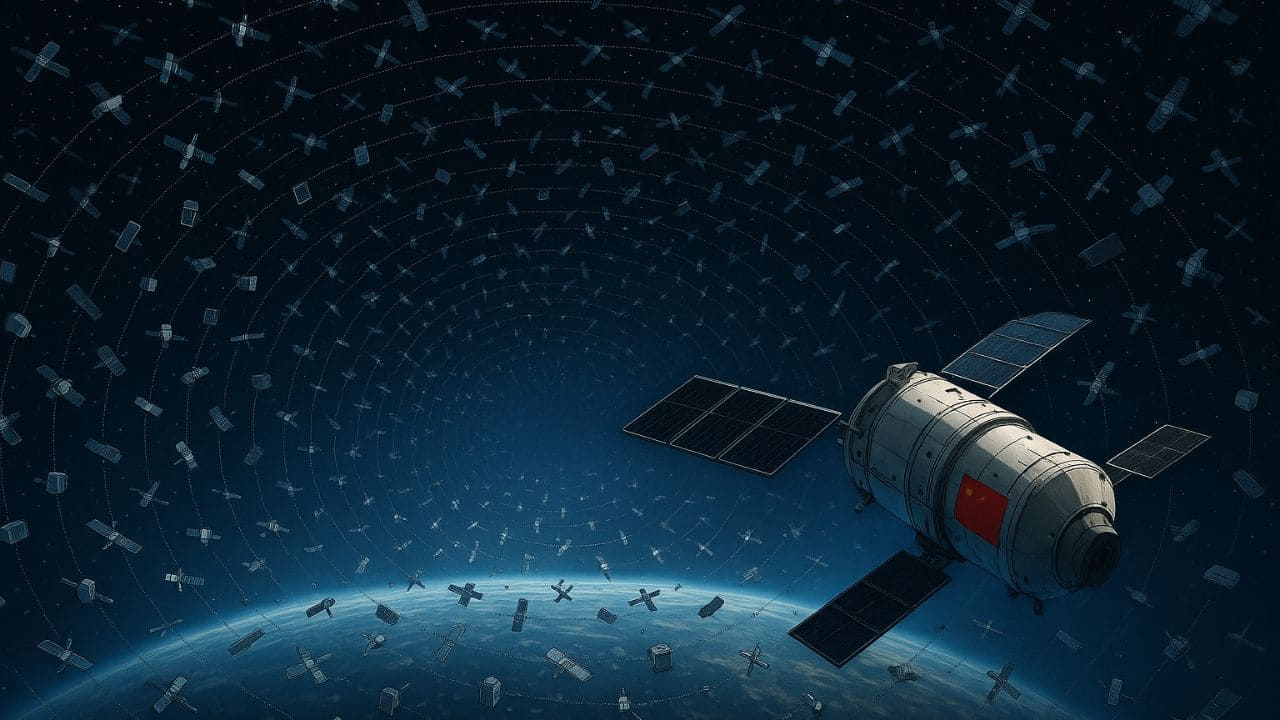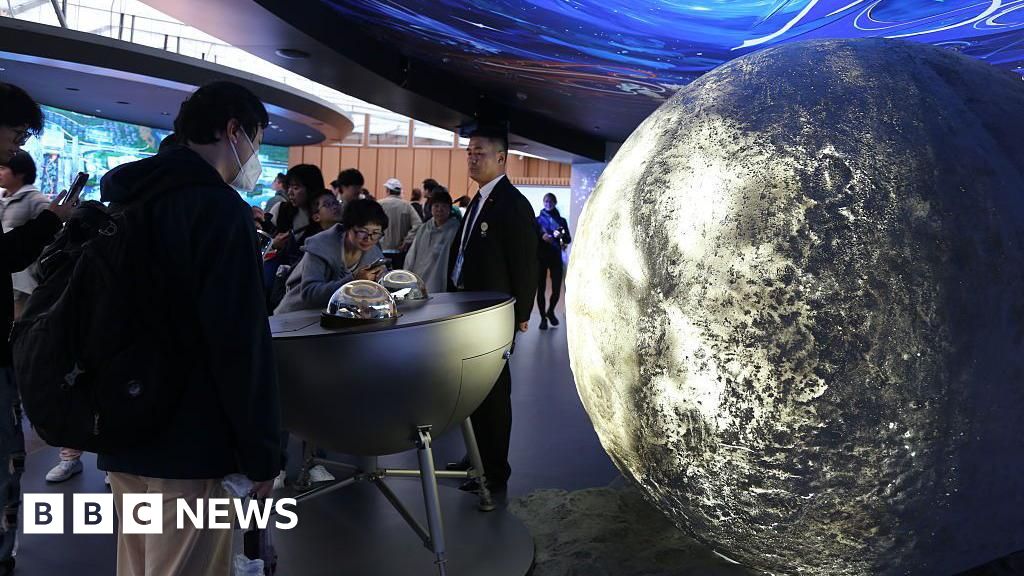Call for Foreign Proposals for Mars Mission Payload

China has initiated a call for cooperation proposals for its ambitious Tianwen 3 Mars sample-return mission, according to the China National Space Administration. The announcement was made during a ceremony in Shanghai commemorating the 10th Space Day, where the agency revealed intentions to provide opportunities for international researchers to integrate scientific instruments into the Tianwen 3 robotic probe.
The Tianwen 3 mission, as detailed by the administration, will comprise five components: a lander, an ascender, a service capsule, an orbiter, and a reentry module. The mission is scheduled for launch around 2028 from the Wenchang Space Launch Center in Hainan province, utilizing two Long March 5 heavy-lift carrier rockets.
The lander, ascender, and service capsule are designed to follow an Earth-Mars transfer trajectory, executing orbital corrections before entering Martian orbit. Subsequently, they will separate, with the lander and ascender attempting a soft, engine-assisted landing on the Martian surface. The service capsule, primarily responsible for powering the journey, will also accommodate scientific payloads. The orbiter and reentry module will follow a similar path into Martian orbit, where they will remain to relay signals and await the return of samples.
The process involves collecting samples on Mars, sealing them within a vacuum metal container, and launching them into orbit via the ascender to rendezvous and dock with the reentry module. Following sample transfer, the ascender will undock. The orbiter and reentry module will then depart Martian orbit, heading towards Earth. Approaching Earth, separation will occur, and the reentry module will execute a series of complex maneuvers for a landing at a designated site.
The successful completion of this mission would represent the first instance of Mars samples being returned to Earth. Scientists anticipate that the returned material will provide valuable insights into the search for past life, the study of Martian geology and internal structure, and an understanding of the planet's atmospheric cycles.
The administration's announcement on Thursday included the allocation of 15 kilograms of payload capacity on the orbiter and 5 kilograms on the service capsule specifically for foreign payloads. Interested parties are encouraged to consult the official website for comprehensive technical requirements.
China's initial Mars mission, Tianwen 1, was launched in July 2020. As the nation's first independent interplanetary exploration endeavor, the mission achieved a landing on the Martian surface in May 2021, followed by the deployment of the Zhurong rover for conducting scientific investigations.










